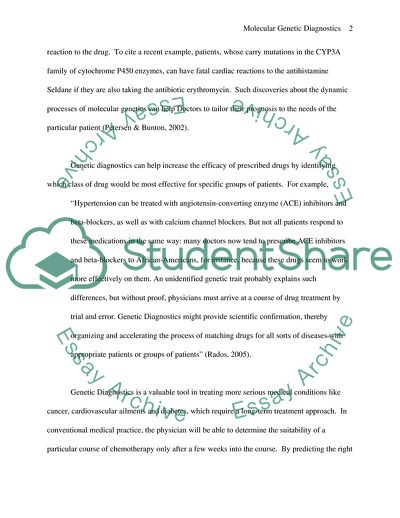Cite this document
(Molecular Genetic Diagnostics in the 21st Century Term Paper, n.d.)
Molecular Genetic Diagnostics in the 21st Century Term Paper. Retrieved from https://studentshare.org/medical-science/1719312-molecular-genetic-diagnostics-in-the-21st-century
Molecular Genetic Diagnostics in the 21st Century Term Paper. Retrieved from https://studentshare.org/medical-science/1719312-molecular-genetic-diagnostics-in-the-21st-century
(Molecular Genetic Diagnostics in the 21st Century Term Paper)
Molecular Genetic Diagnostics in the 21st Century Term Paper. https://studentshare.org/medical-science/1719312-molecular-genetic-diagnostics-in-the-21st-century.
Molecular Genetic Diagnostics in the 21st Century Term Paper. https://studentshare.org/medical-science/1719312-molecular-genetic-diagnostics-in-the-21st-century.
“Molecular Genetic Diagnostics in the 21st Century Term Paper”. https://studentshare.org/medical-science/1719312-molecular-genetic-diagnostics-in-the-21st-century.


